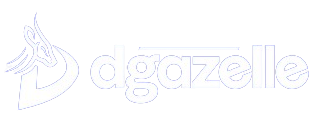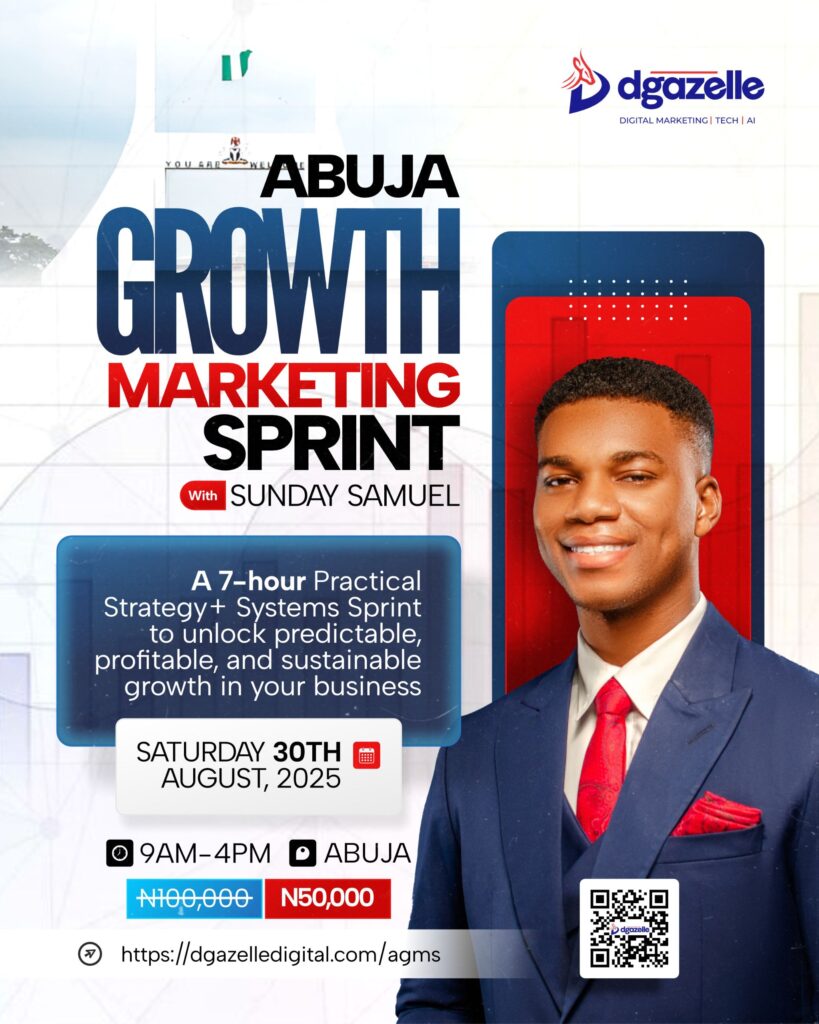Email remains one of the most effective channels for reaching and engaging customers. Yet, if you’re blasting the same message to your entire list, you’re missing out on the true power of email and that is email personalization. The days of “one-size-fits-all” campaigns are over. To stand out in crowded inboxes and drive real business results, you need to turn data into dialogue through smart email segmentation.
Let’s read on to find out why segmentation matters, how to do it right, and how it can transform your email marketing ROI. Plus, discover how our web design and digital marketing services can help you build a smarter, more profitable email strategy.
Why “One-Size-Fits-All” Email Fails Modern Businesses
Generic email blasts might have worked a decade ago, but today’s consumers expect more. Research shows that 80% of customers want personalized experiences from brands, and 56% unsubscribe from emails that feel irrelevant. If your emails don’t speak directly to your recipients’ needs, you risk being ignored—or worse, marked as spam.
The Cost of Irrelevance
- Lower open and click-through rates
- Higher unsubscribe and spam complaints
- Wasted marketing spend
- Missed opportunities for engagement and sales
Email segmentation is the solution to these problems. By dividing your list into targeted groups, you can send the right message to the right person at the right time turning data into meaningful dialogue.
What Is Email Segmentation?
Email segmentation is the practice of splitting your email list into smaller groups based on shared characteristics—such as demographics, behavior, purchase history, or preferences—so you can deliver content that’s relevant to each segment.
Think of segmentation as moving from shouting in a crowded room to having one-on-one conversations. The result? More engagement, higher conversions, and stronger customer relationships.
Want to see higher open and click rates? Discover how our web design and digital marketing experts can transform your email strategy today
The Business Benefits of Email Segmentation
- Higher Open and Click Rates: Segmented campaigns see up to 30% higher open rates and 50% more clicks than non-segmented emails.
- Better Deliverability: Targeted emails reduce spam complaints and bounce rates, helping your messages land in inboxes, not junk folders
- Increased Revenue: Marketers report up to 760% more email revenue from segmented campaigns.
- Reduced Unsubscribes: Sending relevant content keeps your list healthy and engaged, reducing opt-outs by nearly 10%.
- Improved Customer Experience: Segmentation lays the foundation for authentic, human communication that builds trust and loyalty.
Segmentation Strategies That Work
There’s no single “right” way to segment your list. The best approach combines multiple data points for a nuanced, audience-centric strategy. Here are proven segmentation methods tailored for business owners:
1. Demographic Segmentation: Segment by age, gender, location, occupation, or income to tailor offers and content. For example, a retail brand might send different promotions to customers in cold vs. warm climates, or a B2B firm might segment by industry or company size.
2. Behavioral Segmentation: Track how subscribers interact with your brand—purchase history, website visits, email opens, and clicks. Reward your most engaged subscribers with VIP offers, or re-engage those who haven’t opened your emails in a while.
3. Psychographic Segmentation: Go beyond surface-level data to segment by interests, values, or attitudes. For instance, highlight eco-friendly products to sustainability-minded customers, or promote luxury items to those who value exclusivity.
4. Lifecycle Stage Segmentation: Not all customers are at the same stage. Welcome new subscribers, nurture leads, reward loyal buyers, and win back lapsed customers with tailored messaging at every step.
5. Purchase History & Content Preferences: Send recommendations based on what customers have bought or browsed. If someone purchased running shoes, follow up with related gear or exclusive content about running.
6. Engagement Frequency: Some subscribers want daily updates, others prefer weekly digests. Let users set their preferences, or segment based on observed engagement patterns to avoid overwhelming your audience1.
7. Micro-Segmentation for Hyper-Personalization: Take segmentation further by targeting ultra-specific behaviors—like cart abandoners, high-value customers, or users who clicked a specific link in your last campaign. The more relevant your message, the higher your results1.
How to Implement Effective Email Segmentation
- E-commerce: Segment by purchase frequency to send VIP discounts to top customers, and win-back campaigns to those who haven’t bought in six months.
- SaaS: Onboard new users with educational content, upsell power users with advanced features, and re-engage churn risks with special offers.
- Local Businesses: Send location-based promotions or event invites to customers nearby.
- B2B: Segment by industry or company size to tailor case studies and solutions to each audience.
Don’t let your messages get lost in the inbox. Contact us to create personalized, high-converting emails tailored to every segment of your audience.
Common Segmentation Mistakes to Avoid
- Over-Segmenting: Too many tiny segments can make campaigns unmanageable and dilute your message.
- Relying Only on Demographics: Layer in behavioral and psychographic data for more meaningful targeting.
- Neglecting Data Hygiene: Outdated or inaccurate data leads to missed opportunities and poor results6.
- Ignoring Engagement: Failing to adjust frequency or content for inactive subscribers increases unsubscribes and spam complaints.
Turning Data into Dialogue: The Human Side of Segmentation
Segmentation isn’t just about numbers—it’s about building relationships. When you use data to understand your audience’s needs, preferences, and behaviors, your emails feel less like marketing and more like a conversation. This fosters trust, loyalty, and long-term value.
- Build Smart Signup Forms: Capture the right data from the start for richer segmentation.
- Design Conversion-Focused Campaigns: Beautiful, mobile-friendly emails that speak directly to each segment.
- Automate and Optimize: Set up automated workflows that nurture leads and customers at every stage.
- Keep Your Data Clean: Ongoing list management ensures your campaigns stay effective and compliant.
Ready to turn your email list into your most valuable business asset? Let Dgazelle help you transform data into dialogue and drive real growth with smarter segmentation.
Conclusion
Email isn’t one-size-fits-all. It’s a dynamic, data-driven dialogue between your business and your customers. By embracing segmentation, you’ll send emails people actually want to read—boosting engagement, conversions, and loyalty.
Don’t settle for generic campaigns or wasted marketing spend. With the right strategy and the right partner, you can unlock the full potential of your email list.
Personalized communication isn’t the future of email—it’s the present. Start segmenting, start connecting, and watch your business grow.






